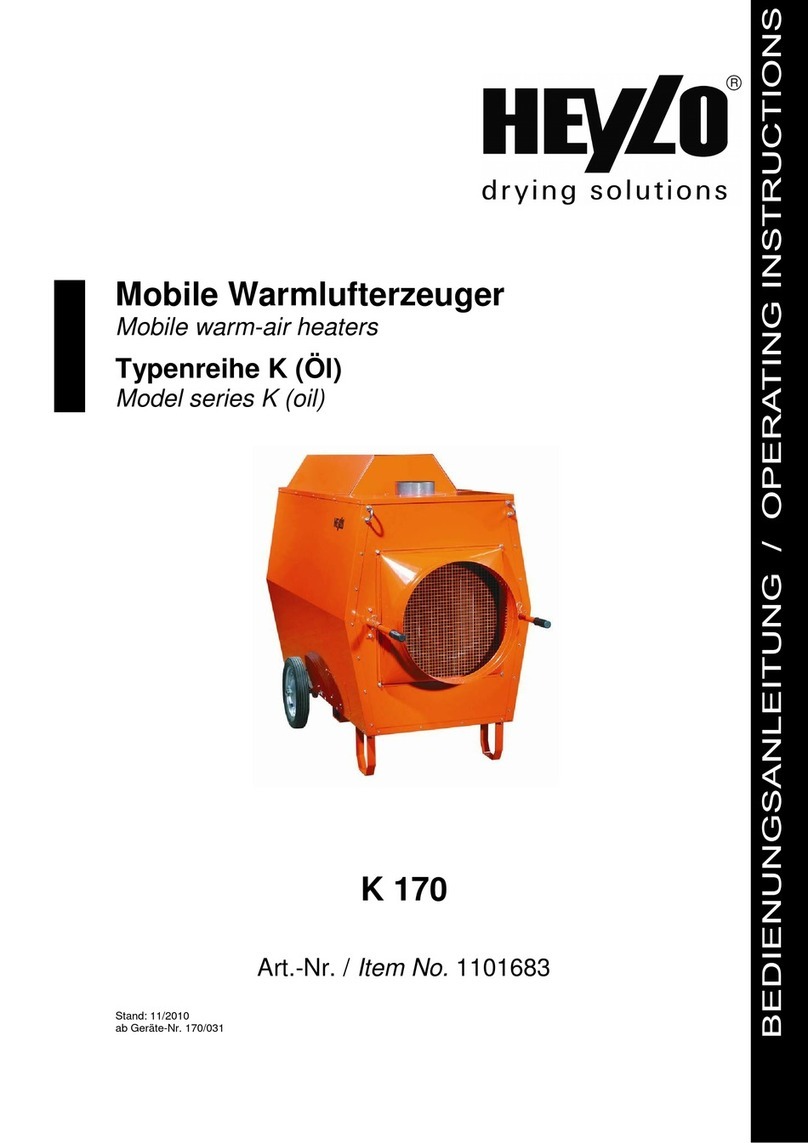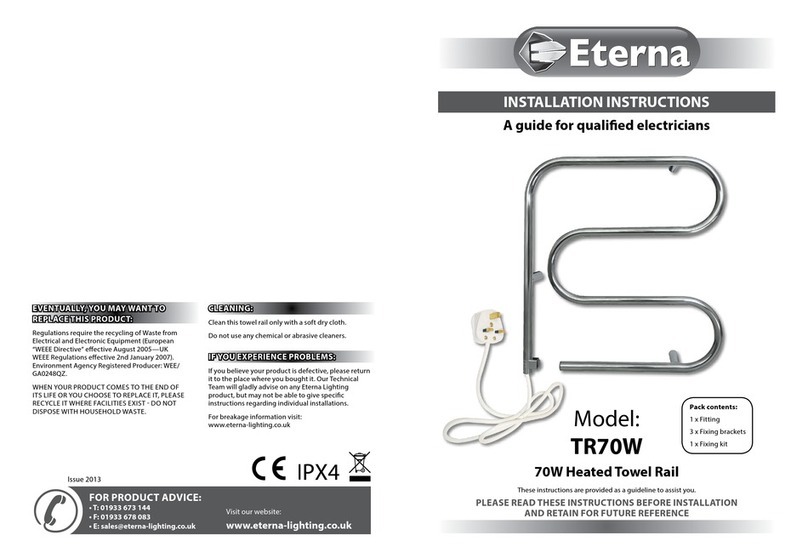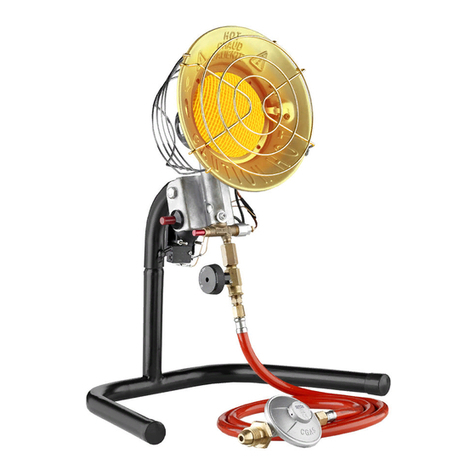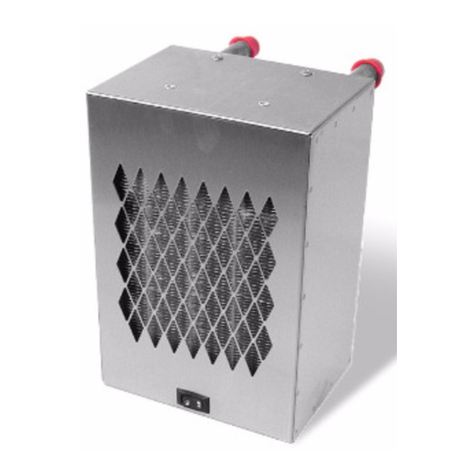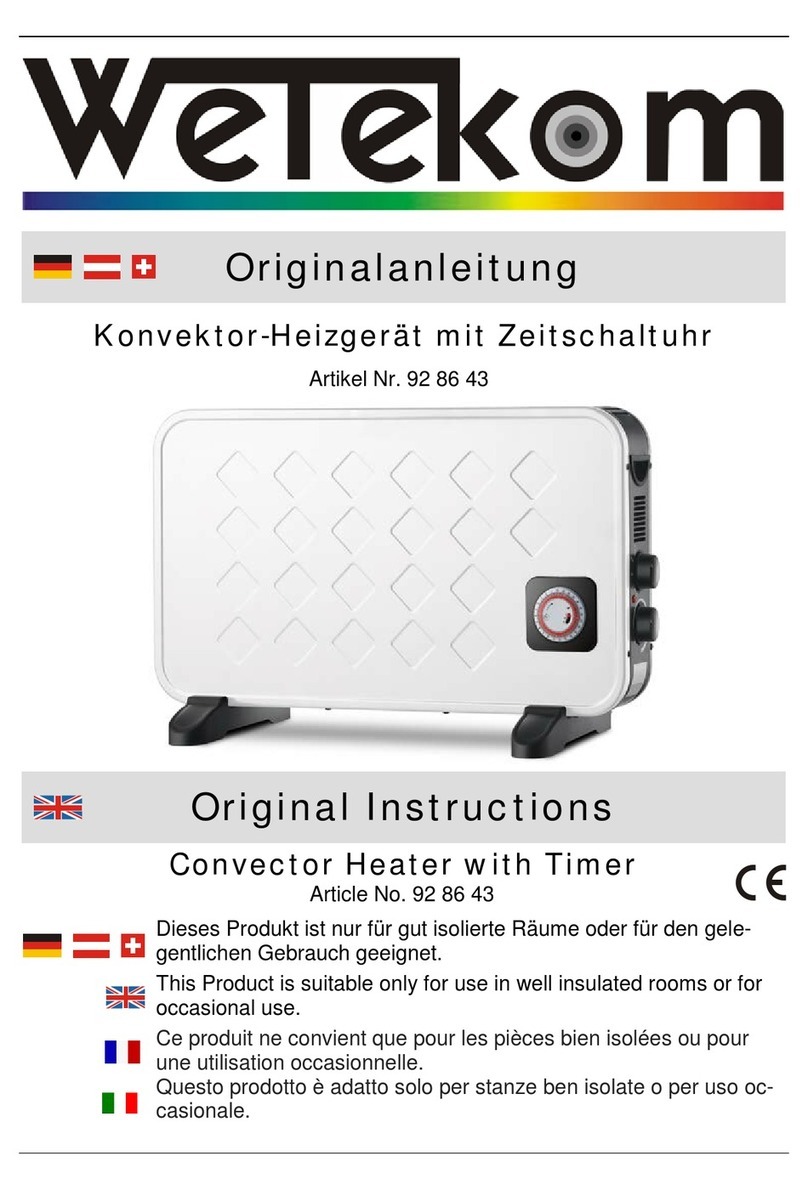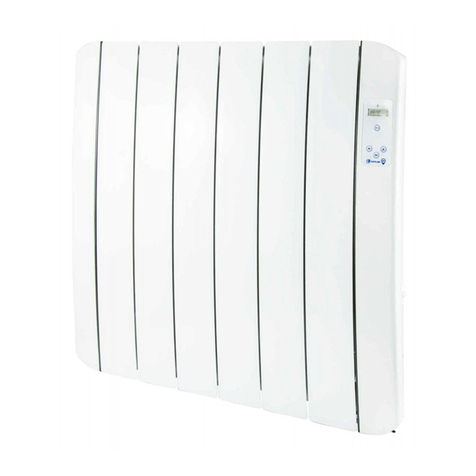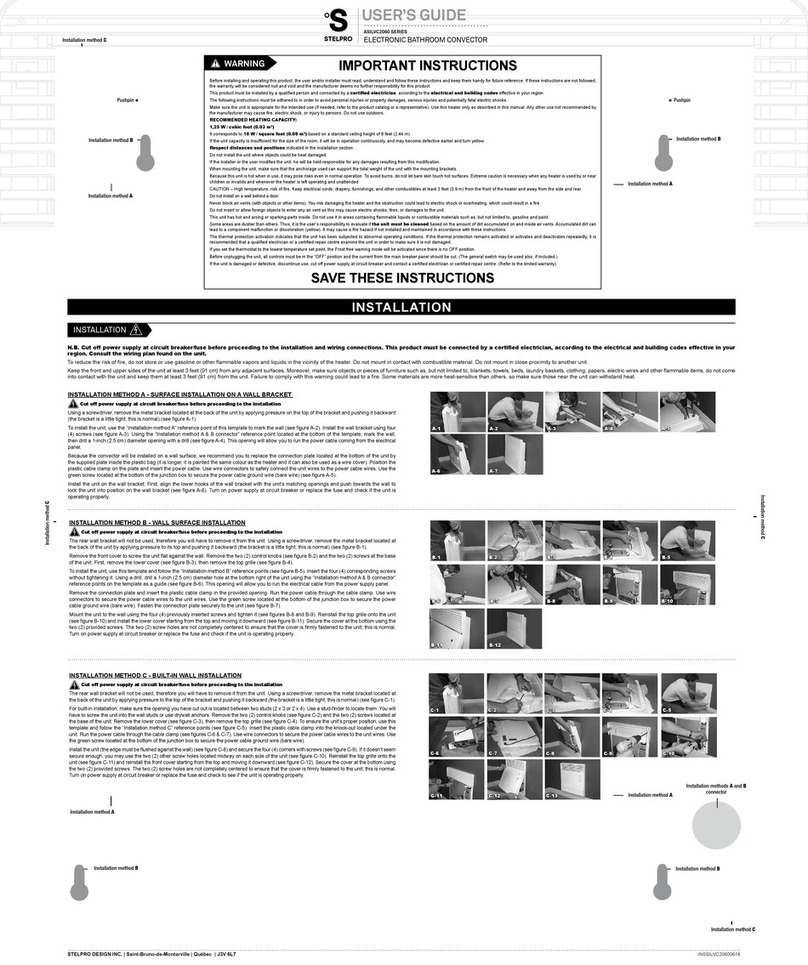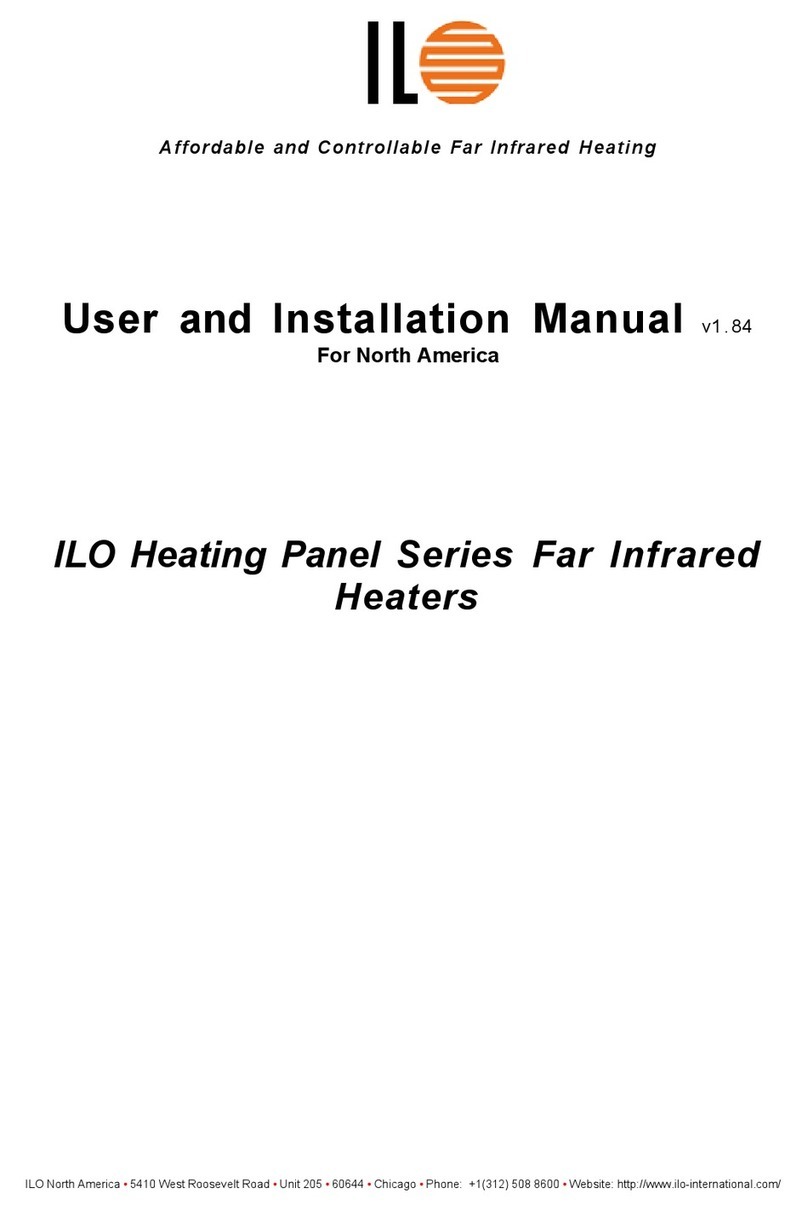7
FREQUENTLY ASKED QUESTIONS
The Explorer propane fireplace
The Dickinson Model Explorer is a direct vent propane gas
fireplace approved for manufactured home, mobile home and
onboard marine installations. Broadly based on the popular
Dickinson propane boat heaters, the Explorer also features
several upgrades that have granted it certification for a use in
a wider range of environments. For decades now, the name
Dickinson has been a byword for reliability among the
fishermen and boaters of the Pacific Northwest. We’re very
pleased to now offer that same legendary reliability to our
valued customers for use on land as well as at sea.
What is a direct vent appliance?
Direct vent means that the fireplace both vents and draws in
air from outside the structure. This means that the fireplace
won’t deplete the room’s oxygen, allow exhaust or smoke to
enter the space or introduce additional moisture into the air.
The fire inside the Explorer burns completely isolated from the
atmosphere in the room.
What parts do I need to install this
fireplace?
The Explorer fireplace comes with everything it needs to be
installed into a structure or vehicle. Additionally, in order to
connect the fireplace to a fuel tank, you’ll need to obtain and
install a low pressure regulator and low pressure fuel hose as
well. These are not included with this appliance
(see pages 23-24)
Where can this fireplace be installed?
The Explorer is ANSI/CSA approved for install in manufactured
homes, mobile homes and ABYC approved for use aboard
boats. The fireplace is capable of heating a maximum area of
approximately 230 square feet. This is assuming a ceiling
height within the normal range and a location within temperate
climate zones. The ability to build and accumulate heat within
the space will also depend on the age and quality of the
structure’s construction and insulation. This fireplace is
intended for Indoor use only.
How safe will Children, at risk individuals
and pets be around this fireplace?
During its design and development the Explorer fireplace was
subjected to extensive in house and independent safety tests.
The Explorer fulfills all safety requirements and has passed all
safety tests stipulated in ANSI Z21.88-2019 / CSA 2.33-2019;
CSA 2.17-2017 and ABYC A-26-2018. The outer shell and
interior parts pf the fireplace can become a potential burn
hazard when the fireplace is or has been in operation. Every
effort has been made to reduce the burn hazard potential of
the fireplace shell. The operational controls of the fireplace are
prevented from absorbing heat and remain safe to operate at
all times.
Every appropriate precaution should be taken to protect
children, at risk individuals and pets from coming into contact
with the fireplace or its controls. Additional barriers may be
required to keep them away from danger. This fireplace must
never be left to run unattended for any length of time.
How important is the chimney?
The length and shape of your chimney is the most important
consideration when choosing a spot to install your fireplace. In
order to burn reliably the fireplace requires both its venting
and air intake to conform to the manufacturers venting
requirements. Chimneys must be no shorter than 21”and no
longer than 56”. Within this range any bends introduced to the
chimney should be gradual not sharp. 90 degree bends and
horizontal, wall exits are not feasible. Ensuring your chimney
is able to vent and draw in air freely is key to reliable fireplace
operation.
Does this fireplace need a low pressure
regulator?
Yes, this fireplace is rated for fuel input of no more than 11
inches of water column, which is equivalent to 0.39 pounds
per square inch (PSI) The pressure of a refillable propane
bottle ranges from 100-200 PSI, so a low-pressure regulator
must be used to reduce incoming pressure to 0.39 PSI. YOU
MUST NEVER ATTEMPT TO CONNECT THE FIREPLACE TO
FUEL WITHOUT A LOW PRESSURE REGULATOR!
Can this fireplace be used at higher
altitudes?
Yes, the Explorer fireplace is tested and approved under CSA
2.17-2017 for use at an altitude range of to 0-5000 feet above
sea level. No fuel input reduction or modifications are required
to operate the fireplace at elevations within this range. For
elevations above 5000 feet a 4% reduction in fuel volume
would be recommended per every 1000 feet of elevation.
How will the fireplace be affected by
rain, wind and snow?
The Explorer fireplace has been designed to keep working in
poor weather conditions. The chimney cap is designed to resist
rain and has a wind splitter to ensure it can still vent in high
winds. If the chimney cap becomes covered with snow, expose
a small area beneath both bells on one side to allow exhaust
to exit and air to enter –the heat of the cap will melt the rest
of the snow away from it, preventing snowmelt from entering
the chimney.
Can the Fireplace operate without
electrical power?
Yes, the appliance can be run as normal without the optional
blower fan being connected to power. The appliance will still
require power from 1 AA battery to generate a spark inside the
combustion chamber and ignite the flames.
Have other questions?
If you have any questions about our product that are not
answered by this manual, we’d be happy to answer them!
Email info@dickinsonmarine.com with your Dickinson Product
enquiries.








